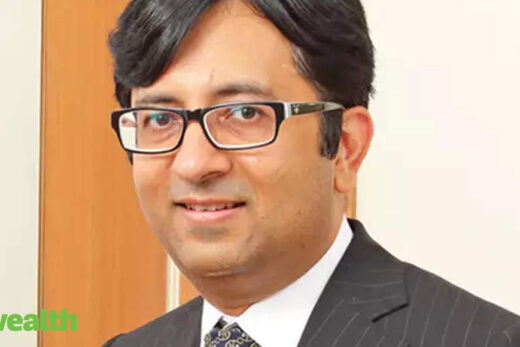So what is a Madoff Scheme? It’s actually quite simple. A Madoff Scheme is an investment business where investors who need to be paid back are given money from other investors’ fresh investments. They all believe that the returns they are getting are from some kind of actual business or investing activity. While there may well be some kind of rudimentary activity to maintain the illusion but there is no real source of returns. Obviously, as long as the fresh inflows from investors are enough to meet the demand for outflows, the business will continue. However, at some point, something happens that breaks the cycle.
In Madoff’s case, his illusion lasted an incredible 35-40 years. In all, investors put in some $17 billion dollars into his investment firm. When it all collapsed in 2008, the value of the stocks that were held on behalf of investors were supposed to be around $60 billion. In rupees, that’s more than Rs 4 lakh crore but that was an illusion. In reality, after more than a decade of effort, barely about $14 billion have been recovered—so around 75% of value was a lie. Madoff had a huge list of celebrity investors and was himself a prominent Wall Street luminary. He even served as the Chairman of the NASDAQ exchange for a while and advised the SEC on the setting up of the exchange. According to Madoff’s confession, he did not actually trade at all from 1992 till the end in 2008. For 16 years, everything was a fabrication.
On first hearing about the contrast between Madoff’s public image and his reality, many of us are amazed. However, this public image is always an integral part of such schemes. The image was not incidental—Madoff worked hard at cultivating and nurturing it. The image was the guarantee that no one would think of questioning him. In fact, all perpetrators of financially dodgy schemes work hard at their image. When any individual victim has any doubts his or her first reaction would be that so many other people can’t be all wrong. Surely everything must be all legal and above board. That’s not the mistake of the victim, but the success of the criminal.
Recently, there was news that Sebi has fined Yes Bank Rs 25 crore for selling its AT1 bonds to its customers as ‘Super FDs’. When the bank went under, the customers were shocked to discover that AT1 bondholders were carrying the same risk as shareholders and were all wiped out. The regulator takes this as ‘misselling’ but it’s clear that fraud would be a better term. The fact that AT1s were disguised as fixed deposits makes it the same sort of activity as Madoff making sure that his image was perfect.
There will always be frauds in finance (although that does not absolve anyone) and investors have to always be sceptical of new kinds of financial products and services. In India, we have had all kinds of Madoff Schemes in recent decades, disguised as everything from tree plantation to emu farming to housing. What distinguished them from proper financial assets was their novelty and complexity. Some people are attracted to the idea of anything new (Taleb calls this neomania) while others are alarmed by it. Not wanting change or something new is supposed to be a bad thing in these times but I would say that people who are always suspicious of new things would be much less likely to be defrauded.
(The writer is CEO, Value Research)



